Here is the white cotton lawn with color added. Of course, there was no way for me to do my usual discharge technique of removing color from the fabric, so I looked around for other ideas.
 |
| most of the color washed away, this fundoshi is still semi-sheer |
 |
| notice there is no blue or green in this fundoshi |
Let me explain. Dying fabric has a long history of trial and error and is now an exacting science. In order for most natural fibers to retain color, a fixing agent is used. Depending on the chemicals, the colors can be further manipulated. I have no such chemicals to work with, nor did I want to go down that path. You must treat the fabric, heat the solutions, soak for long periods....it just takes more time than I wanted to spend. It also takes dedicated equipment....such a bother!
For this shoot, I am still trying to deal with the white backdrop. I played with the lighting and intensity in a few ways during the shoot. I also created some spot-lights on the backdrop to add a little variety. For some, I used the camera flash, and then I turned it off. You can definitely see the difference by the change of my skin tone.
Fundoshi...Just a little color....much less than I applied!
Fabric....cotton lawn. Weʻve discussed this before...very lightweight and comfortable.
Photography....I changed lighting intensity, turned on and off the camera flash, added spots....I was just having fun manipulating things to see what the results would be. And we have the return of the ʻfundoshi as artʻ series.....I know you missed it!
And now, the rest of the photos.....
 |
| original |
 |
| smoothed version |
After I was done processing the photos, I found an odd tool in Aperture called ʻskin smoothingʻ. I took a photo from this shoot to see what kind of difference it would make on the backdrop. It looks like I found a way to make the wrinkles a less apparent. It takes time to do, but you are all worth it!



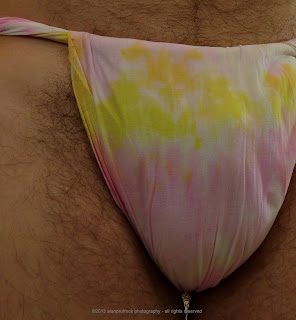
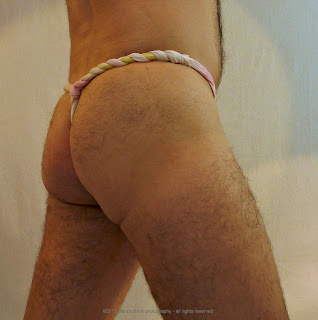

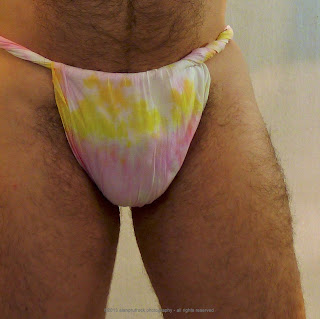







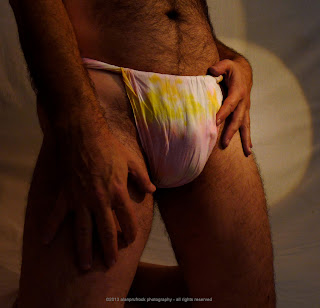
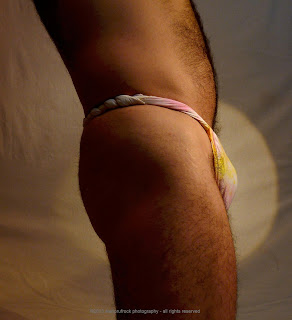





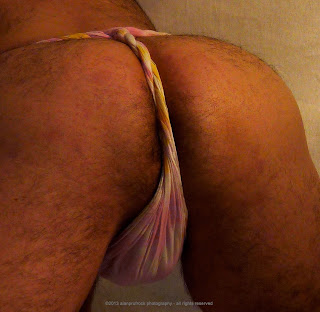


No comments:
Post a Comment